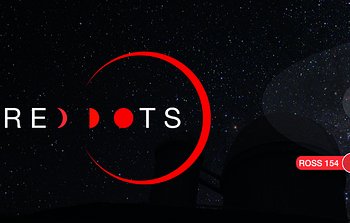Observations made with the Atacama Large Millimeter/submillimeter Array (ALMA) and ESA’s Rosetta mission, have revealed the presence of the organohalogen Freon-40 in gas around both an infant star and a comet. Organohalogens are formed by organic processes on Earth, but this is the first ever detection of them in interstellar space. This discovery suggests that organohalogens may not be as good markers of life as had been hoped, but that they may be significant components of the material from which planets form. This result, which appears in the journal Nature Astronomy, underscores the challenge of finding molecules that could indicate the presence of life beyond Earth.
The release, images and videos are available on:
http://www.eso.org/public/news/eso1732/
Kind regards,
The ESO Education and Public Outreach Department
2 October 2017

|
2 October 2017: Surely bigger is better when it comes to telescopes to observe the vast Universe? Well, not always. ALMA is the largest ground-based facility for observing radio waves, but it is ...
|
| Read more |

|
28 September 2017: On Saturday 21 October 2017 the European Southern Observatory (ESO) will open its doors to the public between 11:00 and 18:00 CEST at its headquarters in Garching bei ...
|
| Read more |

|
Interview with: Guillem Anglada-Escudé
29 September 2017: In January 2016, a pioneering outreach research campaign called Pale Red Dot was launched. It not only aimed to search for Earth-like exoplanets around Proxima Centauri, the closest star to ...
|
| Read more |